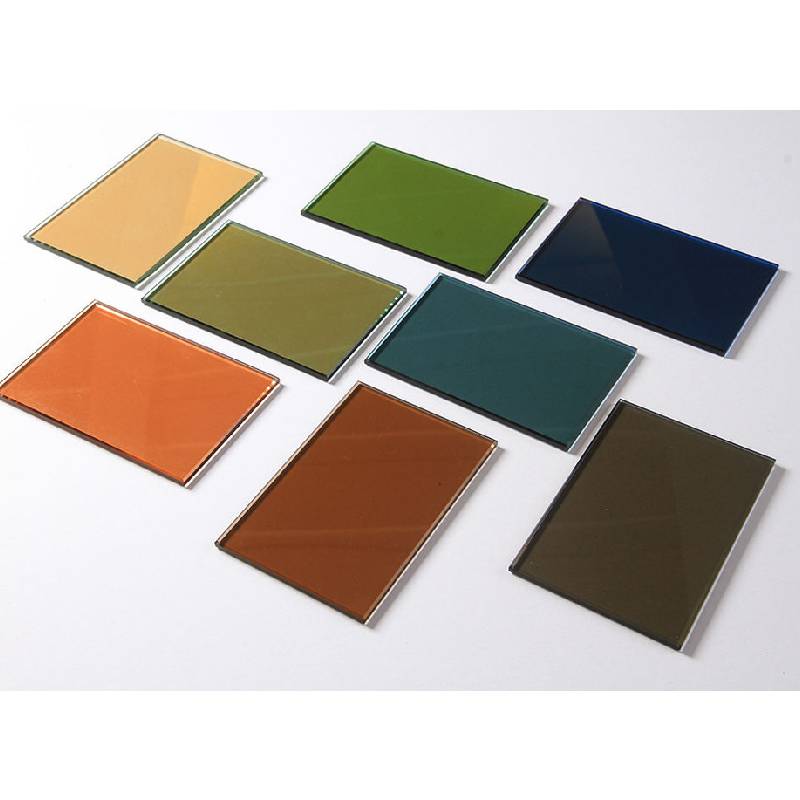

The Advantages and Applications of Low-E Toughened Glass
In the evolving world of construction and architecture, the materials we choose play a pivotal role not only in aesthetics but also in functionality and energy efficiency. One such material making strides in popularity is low-emissivity (low-E) toughened glass. Combining durability with thermal performance, this innovative glass has transformed the way buildings are designed.
Understanding Low-E Toughened Glass
Low-E glass is designed to minimize the amount of ultraviolet and infrared light that can pass through it without compromising the amount of visible light that is transmitted. This is achieved by applying a thin metallic coating on the glass surface, which reflects heat and keeps interior temperatures stable. When paired with toughened glass, which is produced through a process of extreme heating and rapid cooling to increase its strength, the resulting product is not only efficient but also incredibly resilient.
Energy Efficiency and Sustainability
One of the primary advantages of low-E toughened glass is its exceptional energy efficiency. By reflecting heat away during warmer months and retaining warmth during colder seasons, buildings equipped with this type of glass can significantly reduce their heating and cooling costs. This characteristic is increasingly crucial as the world becomes more focused on sustainability and reducing carbon footprints.
Low-E coatings can block up to 90% of harmful UV rays, protecting indoor furniture and materials from fading while maintaining a comfortable living environment. As buildings are built to be more energy-efficient, the use of low-E toughened glass can aid developers and architects in achieving green building certifications, such as LEED (Leadership in Energy and Environmental Design).
Durability and Safety

The combination of low-E properties and toughened glass ensures that this material is both safe and durable. Toughened glass is five to six times stronger than standard glass, making it an excellent choice for large windows, facades, and even glass balustrades. It is less likely to shatter upon impact, and if it does break, it fractures into small, blunt pieces that minimize the risk of injury.
Moreover, the resistance of toughened glass to thermal stress means that it can withstand significant temperature fluctuations without the danger of breaking. This makes it a reliable option for various climates, enhancing the opportunities for architectural designs that incorporate expansive glass surfaces.
Versatile Applications
Low-E toughened glass is suitable for an array of applications in residential, commercial, and industrial settings. In modern architecture, it is often utilized in large windows and curtain walls, allowing natural light to pour into spaces while maintaining energy efficiency. Its ability to soften harsh sunlight while providing outstanding insulation makes it an excellent choice for eco-friendly buildings.
Furthermore, this type of glass is not limited to windows. It also finds relevance in skylights, glass doors, partitions, and even shower enclosures, demonstrating its versatility. Innovative designers are continuously exploring new ways to integrate low-E toughened glass into their projects, pushing the boundaries of traditional design and functionality.
Conclusion
As energy efficiency and sustainability become increasingly important in contemporary construction, low-E toughened glass stands out as a leading material that meets the demands of modern architecture. Its unique combination of aesthetic appeal, durability, and thermal efficiency offers an array of practical benefits for both builders and occupants. By embracing this innovative material, we can move towards buildings that are not only visually striking but also environmentally responsible. The future of construction lies in smart choices—choosing low-E toughened glass is undoubtedly one of them.